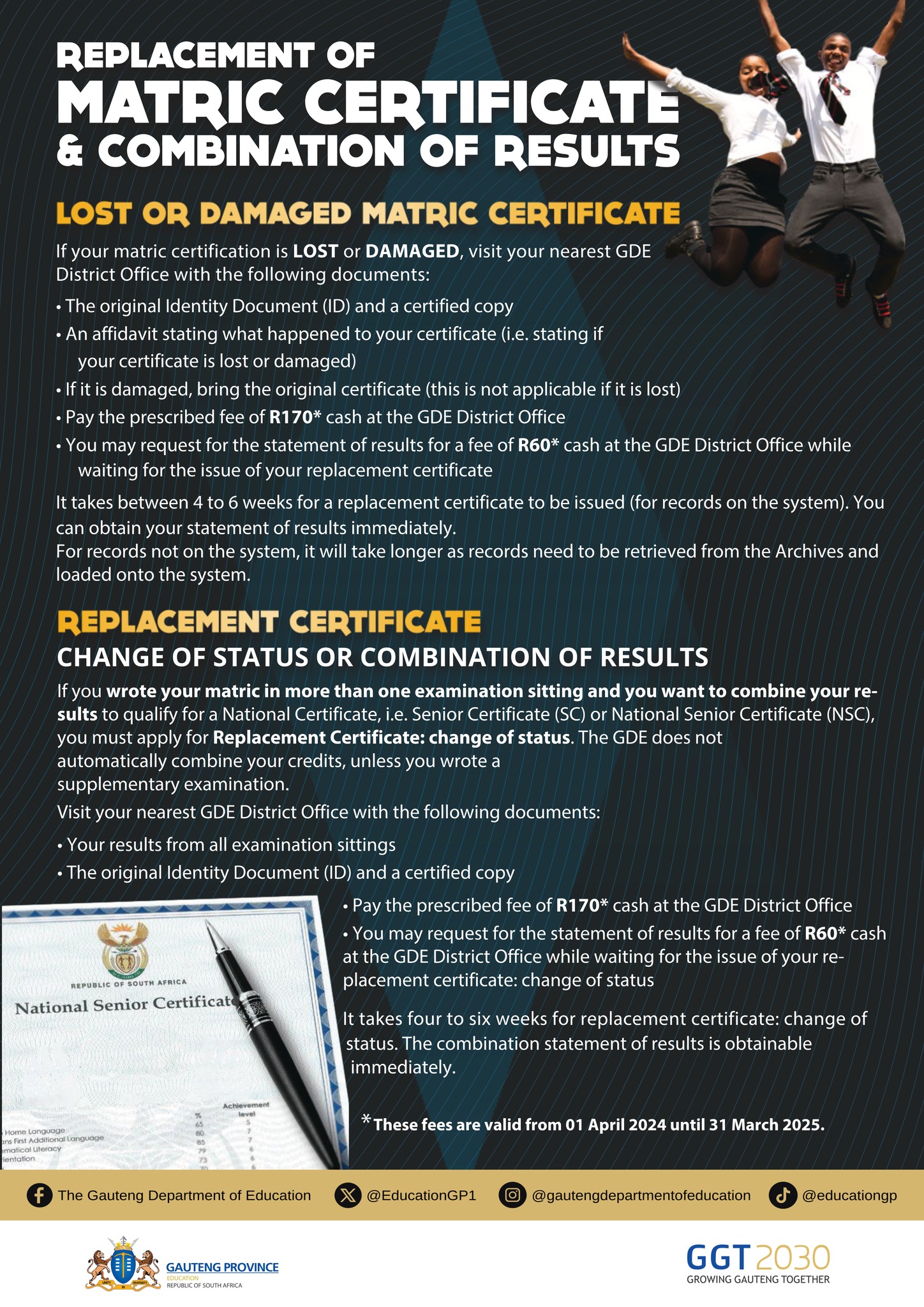By Prof. Busisiwe Mavuso
The upgrade of South Africa by S&P Global to a positive ratings outlook is, I hope, the first of many steps toward regaining our investment grade credit rating that we lost at the beginning of the Covid crisis. It is a testament to the success of government in regaining control over its finances during the last few years, rescuing us from the road to crisis which the Zuma administration firmly put us on.
The primary budget surplus that government achieved in the last financial year was an important milestone, indicating that it was spending less than it was getting from taxes and other revenue (excluding debt service costs), for the first time in many years. While the medium-term budget policy statement showed that it will miss revenue targets for this year, it nevertheless painted a picture of a government that is in control. The state-owned enterprises are no longer the bottomless pits of taxpayer money they once were, and some moderation has been delivered in core government spending. My congratulations to National Treasury particularly, but also to the rest of government that has had to tighten its belts to deliver this outcome.
A ratings improvement may seem intangible to the average citizen, but it does make a material difference. Since the elections, yields on key government bonds have improved by about two percentage points, which translates to roughly 20% less in interest government has to pay when issuing new bonds. That is a material improvement in the cost of debt. That not only means that less of government’s money goes into debt service costs, but it also lowers the cost of capital for the whole of the economy. Businesses must function within the sovereign ceiling – in other words, our banks and other large companies who issue bonds, can only do so at some margin above the government yield. With improvements in the sovereign yield, other businesses also see an improvement in the cost of debt, which makes it cheaper to invest and grow the economy.
The result of that growth will be more jobs. And it was good to see the small dip in unemployment in the third quarter announced last week, with 294,000 new jobs helping to reduce the unemployment rate by over a percentage point to 32.1%. That is, I think, an early reflection of the positive response to the Government of National Unity and the confidence it has created for businesses to go ahead and invest in expansion. A more stable electricity supply has also helped, with the trade and construction sectors particularly strong in adding jobs. The improvement in construction, which added 176,000 jobs, reflects momentum finally on infrastructure investment, suggesting that an improvement in economic capacity and growth is underway.
Within the data, however, I was disappointed to see that the improvement was broadly across the country with the exception of KwaZulu Natal and particularly Gauteng. Both provinces are major growth drivers, yet Gauteng lost 66,000 jobs in the quarter and KZN 2,000. The Eastern Cape and Western Cape added 83,000 and 75,000 respectively.
For those of us living in the province that is meant to be the economic powerhouse of the country, this is an understandable outcome. The quality of services continues to deteriorate amid political dysfunction in the metros, and uncertainty around the provincial government’s ability to rein metros in and restore service delivery.










